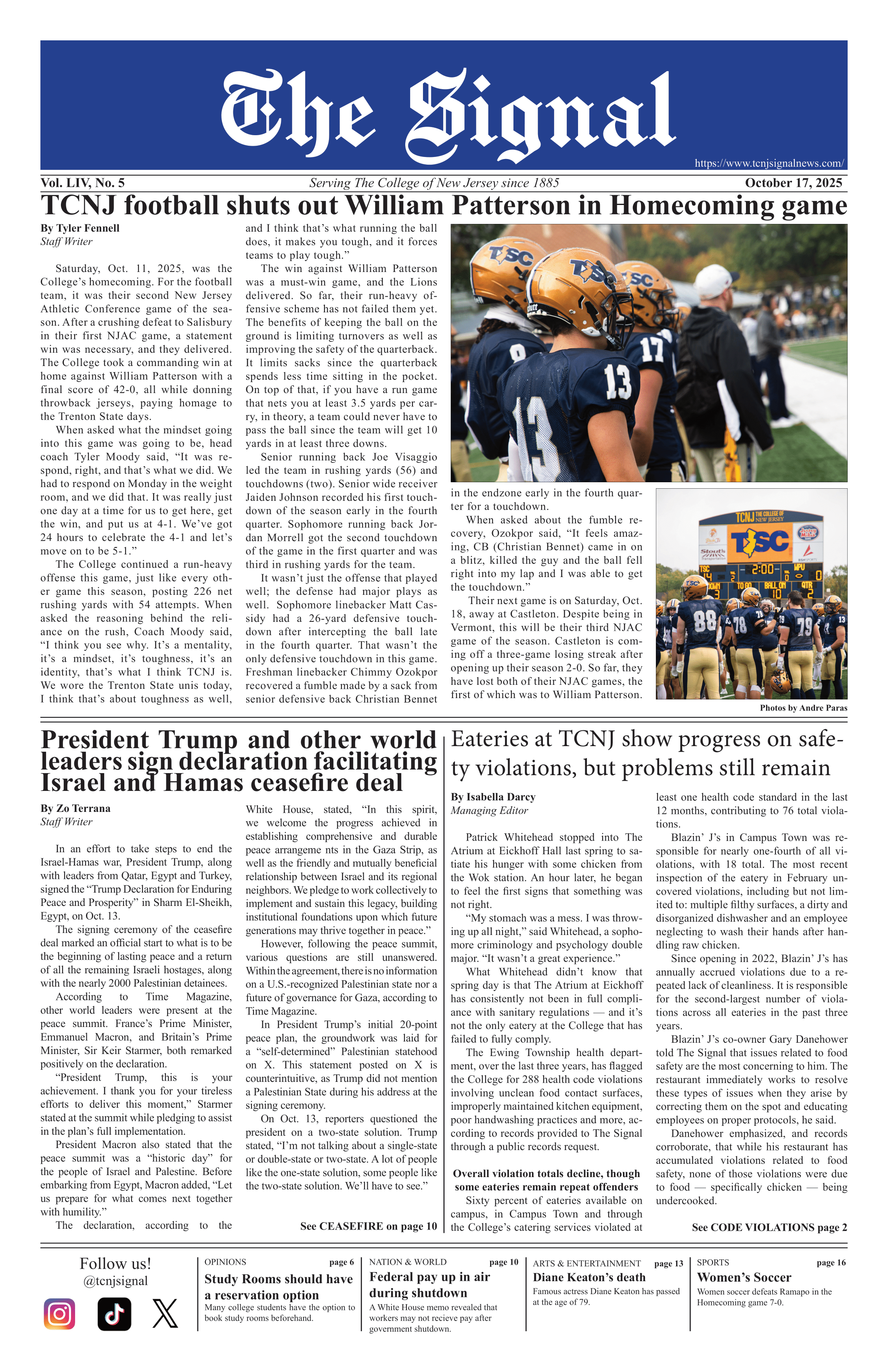By Regina Yorkgitis
Staff Writer
Over 50 years ago, 20,000 South African women demanded an end to apartheid oppression and gender inequality outside the union building in Pretoria, South Africa. Today, a monument is designed to memorialize the political efforts of these women and is nearly impossible for the public to access.

“Denial of women’s political agency can lead to profound political consequences for women,” said Kim Miller, associate professor of art history and women’s studies at Wheaton College.
Miller presented her paper, “Protest, Pain, and Place: Locating South African Women’s Activism Against Apartheid,” on Wednesday, March 20. The lecture was a part of a series of events organized for Women’s History Month at the College.
“It was really wonderful that we had someone with such a transnational understanding of feminist culture,” said senior women’s and gender studies major Alyssa Fountain.
Junior history and secondary education double major Matt Ritsko said he thought the presentation “raised interesting questions about what it means for feminism movements to have monuments.”
Artists Wilma Cruise and Marcus Holmes were commissioned to create a standing testimony to the courageous women of the August 29, 1956 South African Women’s March.
The monument was built in the center of the two union buildings in Pretoria, South Africa. Gold writing, featuring the words from the petition the Federation of South African women sent to the union building, is engraved on stairs. The steps lead to a centered imbokodo, a grinding stone and household object in South African culture.
As they marched toward the union building, in the largest protest of South African history, the women bravely sang, “You strike the woman, you the rock.”
As a tribute to their chant, the words are whispered in 11 different languages over speakers in the monument. This feature allows the monument “to not just record the past, but also to activate it,” Miller said.
After the second president of South Africa, Thabo Mbeki, took office in 1999, levels security increased in the union building and it is now nearly impossible to gain access to the monument.
“The union building claims to be open, but in reality it is closed,” Miller said.
Miller waited for two hours to visit the historic feminist monument in 2008 and was only admitted by the grace of a sympathetic guard.
“We found some sad things when we went to visit monument,” Miller said. The monument was in great disrepair. The words on the stairs were rusting and the voices were turned off.
The decay of the monument together with the government’s refusal to allow the public to see the monument to South African women concerned Miller. These events, she said, “signal the actual removal of women’s voice” from South African political history.
“South Africa has one of the most, if not the most gender progressive constitutions in the world,” Miller said. Unfortunately, “attitudes have not transformed at the same rate.”






